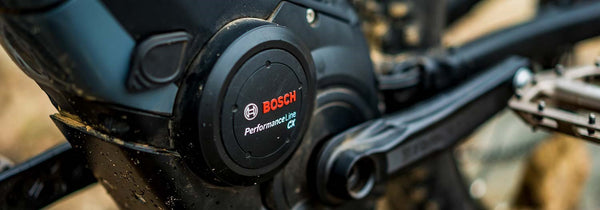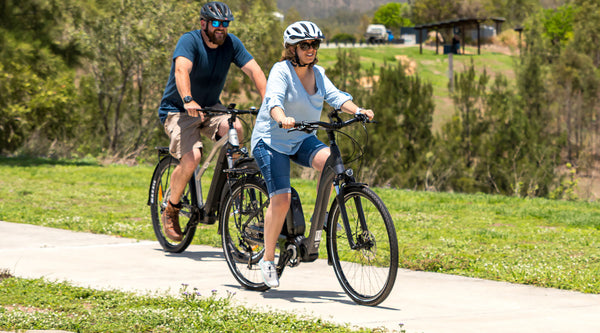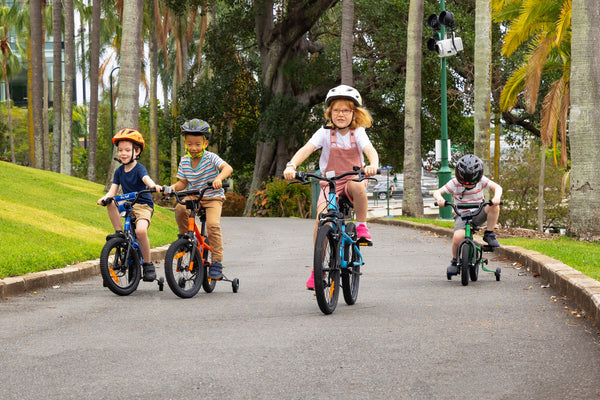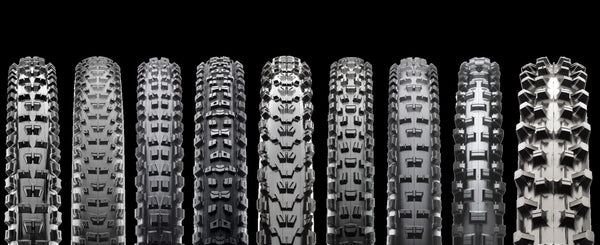Not all e-bike batteries are built equal! Before you start browsing electric bikes for sale in NZ, it’s important to know what you’re looking for.
Batteries tend to be one of the most expensive parts on an electric bike, so it makes sense that as the price gets higher, the battery gets bigger. A bigger battery gives you more range on a single charge while improving the overall life of the battery, as you will reduce the number of charge cycles. Charge cycles reduce the battery’s capacity as time trudges on, so the fewer times you must recharge, the better it is for your e-bike battery.
In this blog, we’re diving into every question there is around electric bike batteries, so come along on the ride for a full breakdown on how to find a battery, and care for your e-bike’s power source.
FIND THE RIGHT BIKE, BATTERY & MOTOR FOR YOU
Unsure which electric bike is right for you? It can be overwhelming to choose a traditional bike, let alone an e-bike, which has the added specifications of battery models, different motors, display, and more! Use Bosch’s range assistant (at the end of this article) to find what will best suit your needs.
ELECTRIC BIKE BATTERY & MOTOR COMPARISON
Hungry for more details? See the table below for more battery and motor specifications for both Bosch’s and Shimano’s batteries.
BATTERY

1 Faster chargers available for purchase will decrease above times.
MOTOR

2 Based on factory settings
WHAT TYPE OF BATTERY SHOULD I LOOK FOR?

Before you buy an electric bike battery, it pays to do your research on both the brands, and the types of batteries available. Here’s a quick breakdown to get you started.
- E-bike battery brands. Companies like Shimano and Bosch usually make their own batteries for their respective e-bike drive systems, while some of the more value-oriented bike brands—such as XDS or Velectrix—will use a mixture of reliable batteries from Panasonic and other third-party manufacturers.
- Materials used for batteries. Most e-bike batteries these days are made with lithium-ion batteries as their high energy density allows them to store a lot of power while remaining lightweight. Some batteries use materials like sealed lead-acid, nickel-cadmium, or nickel-metal hydride in their battery packs.
- Battery capacity. This is often measured in Watt Hours (Wh), with a lot of e-bikes falling between 400Wh and 500Wh. The greater the number of watt-hours, the longer the range when you’re comparing similar bikes.
- Look for mid-drive vs. hub drive. The right choice here will depend on your needs, but most cyclists enjoy mid-drives because they will utilise the same amount of power as a hub-drive, while delivering twice the output on rides. In turn, this places less strain on your battery.
WHAT IS THE RANGE OF MY BATTERY AND E-BIKE?
It’s impossible to give an exact answer when it comes to the range for an e-bike as there are so many variables that affect the range. As a general guide, lower-end e-bikes will give you a 30-60km range, while higher-end brands like Bosch can last up to 120km on a single charge. Keep in mind that these ranges can be impacted by the surface, rider weight, cargo weight, weather, incline and battery age.
For these reasons, it is important that you get a battery that has a slightly larger capacity than you might ordinarily need. You won’t always have control of the prevailing conditions and just like your phone battery, performance will slowly deteriorate as your bike’s battery ages.
For a more precise guide, Bosch has created a handy tool to help you determine the range of their batteries based on all the associated variables. Check it out at the end of this article.
HOW CAN I EXTEND THE RANGE OF MY E-BIKE?

- Reduce what you’re carrying as this will weigh your bike down.
- Your e-bike knows to kick in and start helping thanks to something called a cadence/torque sensor (depending on the model). For either type, the drive units typically operate with greater efficiency when you keep your cadence above 50 RPMs.
- Stopping, starting, and braking all require power, so stopping frequently will drain your bike’s power faster.
- Whether you’re on a regular bike or a mountain bike, make sure you have tyres that are ideal for your terrain and ensure that you are appropriately inflated.
- Hilly and slow terrain will require more power to traverse, so try and stick to smooth and flat surfaces to extend your e-bike battery range.
HOW LONG DOES AN E-BIKE BATTERY LAST?
While there is a huge range of battery types out there, most e-bikes use lithium-ion batteries as they are easily rechargeable and built to last.
For example, Shimano’s STePS batteries are guaranteed at least 60% capacity after 1000 charge cycles, thanks to the bike’s battery management system. This means that your bike will have a reasonable capacity for several years. Bosch found that they could get up to 1500 charging cycles and almost 57,000km before the battery was no longer practically functional.
Because there are so many factors at play, it’s hard to pinpoint an exact lifespan of a battery. Variables like charging frequency, heavy load use, storage, and maintenance will all have a significant impact on your e-bike over time, so it’s important to do what you can to minimise the wear and tear.
WHAT CAN I DO TO IMPROVE THE LIFE OF THE BATTERY?
Compared to extending your bike’s range on a single ride, extending your battery’s overall lifespan requires a few different practices. If you want to extend the overall life of your battery you should:
- Minimise the load on your bike on rides.
- Store in an area with a temperature between 0 and 20 degrees Celsius.
- Park in the shade or undercover as often as possible.
- Store at between 30 - 60% charge status.
HOW LONG DOES IT TAKE TO CHARGE AN E-BIKE?
 Image alt
Image alt
The length of time you’ll need to charge your bike varies based on the size of the battery and the quality of the charging cable. A brand like Bosch has three different types of charging cables which can reduce the charge time for their smallest battery from 3.5 hours, down to 2.5 hours.
Furthermore, their powerful PowerTube 625kw takes 4.9 hours to charge. XDS bikes - which typically run a Panasonic Lithium-Ion battery - have a maximum charge time of 4 hours.
HOW OFTEN CAN I RECHARGE MY BATTERY?
You can always charge a battery, regardless of its current charge level. However, it’s important to remember that batteries have limited charge cycles, so you don’t want to charge your battery at any chance you get as this will wear it down faster.
We’re the most approachable bike shop in NZ, and we’re here to help you find the right e-bike.
Come to any 99 Bikes store and we’ll set you up with the right e-bike for you. From test rides to battery advice, we’ll make sure you walk out with the perfect set of wheels. Find your nearest 99 Bikes store or give us a call today!





